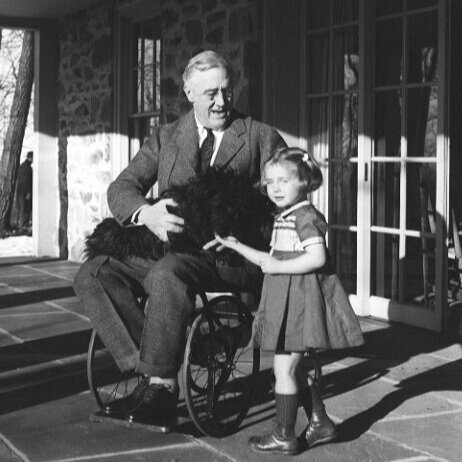Did OxyContin's Reformulation Really Lead to More Heroin Use?
/By Roger Chriss, PNN Columnist
A common belief in the opioid overdose crisis is that the reformulation of OxyContin in 2010 led to a large-scale shift to heroin. Seven years after making the pills hard-to-crush to discourage snorting or injecting, The Washington Post reported the abuse-deterrent reformulation had made OxyContin “the chief driver of the explosion in heroin overdose deaths.”
The primary source of this claim is a National Bureau of Economic Research (NBER) paper that states “a substantial share of the dramatic increase in heroin deaths since 2010 can be attributed to the reformulation of OxyContin.”
The NBER paper used data from the National Survey on Drug Use and Health (NSDUH) and the Drug Enforcement Administration to assess usage levels of OxyContin and other prescription opioids, and data from the National Vital Statistics System to measure overdose deaths.
The researchers found that “states with the highest initial rates of OxyContin misuse experienced the largest increases in heroin deaths.”
But this conclusion is now being challenged. A recent study in the journal Addiction Behavior looked at NSDUH data from 2005 through 2014 to evaluate the impact of the reformulation on individuals with a history of OxyContin misuse.
The results showed “no statistically significant effects of the reformulation” on prescription opioid misuse or heroin use. In fact, researchers found a “net reduction in the odds” of heroin initiation after the reformulation.
“Thus, the reformulation of OxyContin appears to have reduced prescription pain reliever misuse without contributing to relatively greater new heroin use among those who misused OxyContin prior to the reformulation,” the authors concluded.
Psych Congress also reported there was little evidence of a shift to heroin from prescription opioids, saying drug trafficking data “don't fully support the often-heard conclusion that efforts to limit access to prescription opioids led to a mass migration to heroin."
Murky Data
The reason for the different conclusions is not clear. But much of what is assumed about abuse-deterrent reformulation is not holding up. Last summer, STAT News reported that rates of OxyContin abuse were similar or higher three years after the drug was reformulated. According to one survey, less than 5 percent of long-term abusers gave up OxyContin, suggesting the reformulation didn’t accomplish much.
Data on heroin use also includes considerable uncertainty, and applying state-level data-sets to understand individual usage patterns is tricky. Plus, data on overdose fatalities can be hard to parse since many victims die with multiple drugs in their systems, and toxicology reporting varies by state.
Since OxyContin’s reformulation, six other opioid medications have been approved by the FDA with abuse deterrent properties, costing drug makers hundreds of millions of dollars in research and development expenses.
Figuring out what happens after a prescription opioid is reformulated is important. Current public health policy and prescribing practices are assuming risks and benefits based on limited evidence. If something different or perhaps more complex is happening, then we need to look harder and make changes.
The implications here are also important, including determining liability and damages in the opioid lawsuits, developing effective public health measures for addiction treatment and the overdose crisis, and creating better risk assessment for pain management.
The impacts of the OxyContin reformation may be smaller and more subtle than previously thought. If the new findings hold, then we may have to rethink the benefits of abuse-deterrent formulations and the trajectory of heroin use. In other words, we need to keep looking closely at the overdose crisis and not assume we have it fully figured out.
Roger Chriss lives with Ehlers Danlos syndrome and is a member of the Ehlers-Danlos Society. Roger is a technical consultant in Washington state, where he specializes in mathematics and research.

















